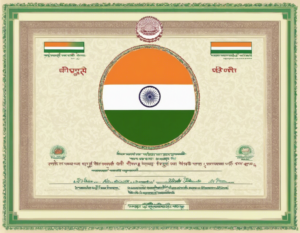Bing Image Creator: Cricket Photography Tips
Are you an aspiring cricket photographer looking to take your game to the next level? Do you dream of capturing those action-packed moments on the pitch in all their glory? Well, you’re in the right place! In this comprehensive guide, we will explore the tips and tricks to help you become a master cricket photographer using the Bing Image Creator platform. From understanding the game to perfecting your shots, we’ve got you covered every step of the way.
Understanding the Game
Before diving into cricket photography, it’s essential to have a basic understanding of the game itself. Familiarize yourself with the rules, player positions, and the flow of the game. This knowledge will help you anticipate key moments and capture them with precision.
Gear and Equipment
Invest in a good quality camera with a telephoto lens to capture the action from a distance. A tripod will help you stabilize your shots, especially in low-light conditions. Don’t forget extra batteries and memory cards to ensure you don’t miss any crucial moments.
Camera Settings
Set your camera to a fast shutter speed to freeze the action on the field. Use a wide aperture to create a beautiful bokeh effect, isolating the players from the background. Experiment with different settings to find the perfect balance for crisp and clear images.
Framing and Composition
Focus on the players’ expressions, the ball in motion, and the interactions between teammates. Look for unique angles and perspectives to add depth and drama to your shots. Keep the rule of thirds in mind to create visually appealing compositions.
Lighting
Pay attention to the lighting conditions on the field. Opt for natural light whenever possible, but be prepared to adjust your settings for artificial lighting in stadiums. Use backlighting to create a halo effect around the players and emphasize their silhouettes.
Capturing Emotions
Cricket is a game full of emotions, from the thrill of victory to the agony of defeat. Focus on capturing these raw emotions on the players’ faces and body language. These moments can often make for the most powerful and compelling photographs.
Editing and Post-Processing
Once you’ve captured your shots, don’t forget to edit and enhance them using software like Adobe Lightroom or Photoshop. Adjust the exposure, contrast, and colors to make your images pop. Don’t overdo it – keep it natural and authentic.
Building Your Portfolio
Create a portfolio of your best cricket photographs to showcase your skills and attract potential clients. Share your work on social media platforms like Instagram and LinkedIn to reach a wider audience. Networking with players, coaches, and cricket enthusiasts can also open doors for future opportunities.
FAQs:
1. What is the best camera for cricket photography?
For cricket photography, a camera with a high-resolution sensor and fast autofocus capabilities is ideal. Cameras from brands like Nikon, Canon, and Sony are popular choices among sports photographers.
2. How can I capture fast-paced action on the field?
To capture fast-paced action in cricket, use a fast shutter speed (1/500 or higher) to freeze the motion. Anticipate the players’ movements and focus on capturing the peak moments of action.
3. What is the importance of lighting in cricket photography?
Lighting plays a crucial role in photography, setting the mood and tone of your images. In cricket photography, good lighting can enhance the players’ features and bring out the details of the game.
4. How can I improve my composition skills in cricket photography?
To improve your composition skills, study the work of professional photographers, experiment with different angles and perspectives, and practice framing your shots with the rule of thirds in mind.
5. How do I get access to cricket events for photography?
To gain access to cricket events for photography, reach out to event organizers, sports clubs, or local teams. Build a strong portfolio showcasing your skills and offer your services as a photographer for their games.
Conclusion:
Becoming a skilled cricket photographer takes practice, patience, and a keen eye for detail. By following these tips and techniques, mastering the art of cricket photography is well within your reach. So grab your camera, head to the nearest cricket ground, and start capturing those unforgettable moments on the pitch. Who knows, your next shot could be the next viral cricket photograph that captures the hearts of fans around the world.














Post Comment